South American Coffee | not all Jamaican coffee is called Blue Mountain Coffee
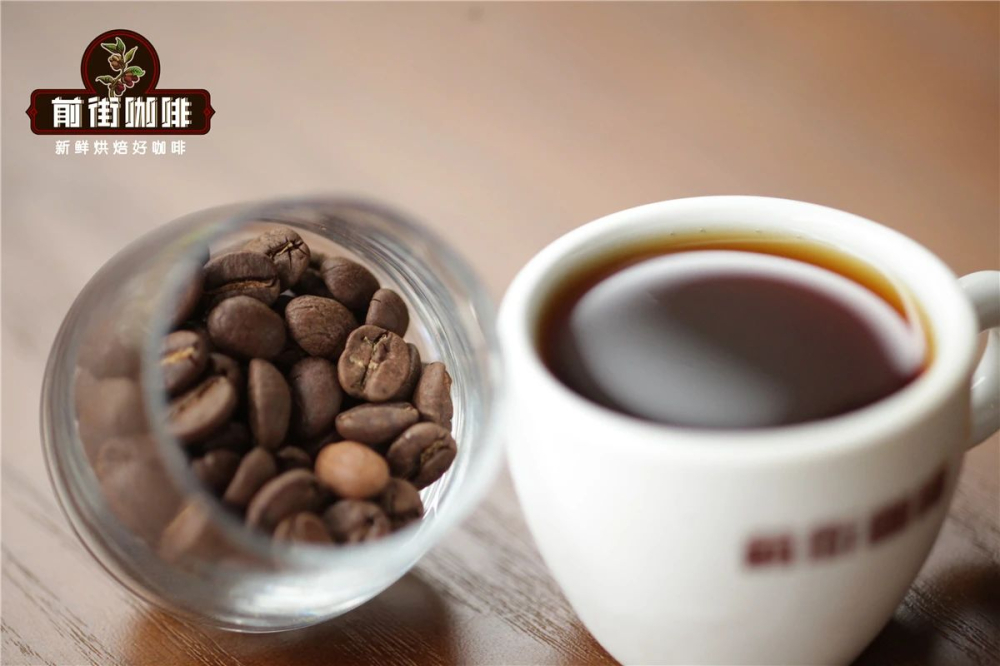
Jamaican Blue Mountain Coffee, once known as the "King of Coffee", has been known to even non-coffee-drinking elders. In recent years, although his fame is not as good as it was then, many coffee people are still fascinated by his elegant and calm aroma.
How suitable is Jamaica to grow coffee?
The Blue Mountains are located in the eastern part of the island of Jamaica in the Caribbean Sea. The mountains are surrounded by sea water and reflect blue luster in the sun, so they are named "Blue Mountains". Far away from the city, the peak is more than 2000 meters above sea level. It is a famous tourist attraction in the area. Fertile volcanic soil, abundant light and rainfall provide rich nutrients for the crops grown here, and locals grow coffee with bananas and avocados.
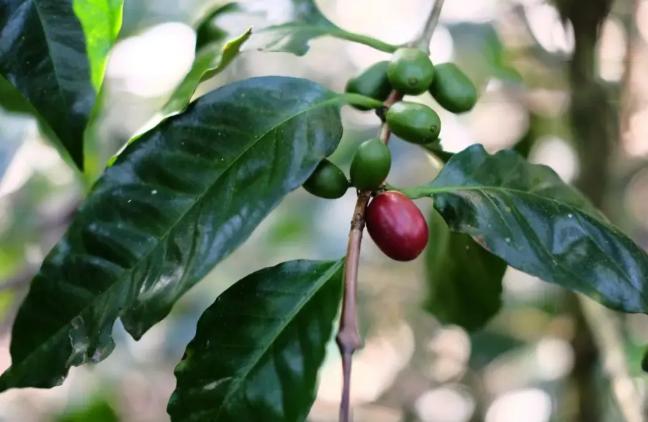
Coffee is a more fastidious and delicate plant than other crops, requiring not only a warm, humid, Frosts Descent-free environment and adequate sources of nutrients, but also proper shade. The Coffee Blue Mountain peak is shrouded in clouds all the year round, hanging around the coffee plantation, providing a unique prerequisite for coffee growth. The variety of Blue Mountain Coffee is a "spoiled" tin card, which makes it blend into the local soil and form an excellent aroma, thanks to the unique microclimate of the Blue Mountain Mountains.
Iron pickups were introduced to this country by Sir Nicholas Lawes in the 18th century and were soon introduced to the Blue Mountains for cultivation for more than two hundred years. And the blue mountain iron card also adapted to the local island rainforest climate, evolved a stronger disease resistance, in which coffee berry disease will be much stronger than the general tin card. High-quality varieties, planting environment, raw bean quality and treatment methods work together to create a very balanced and harmonious taste of Lanshan Tieka coffee.
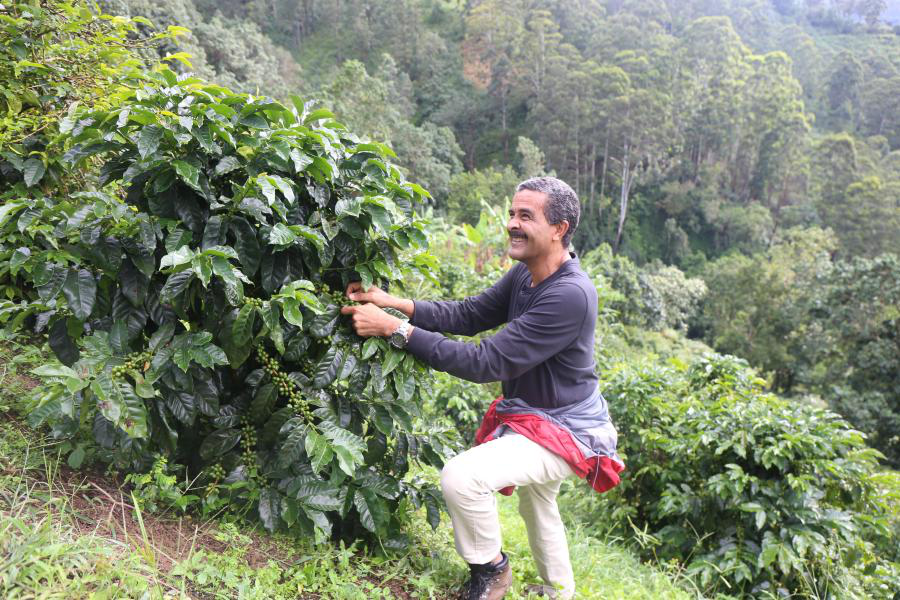
The terrain at the high altitude of the Blue Mountains is uneven, and it is very difficult to manage and pick, so there is a high demand for the proficiency of the harvester, which further affects the yield. In recent years, less than 15% of the coffee beans produced in Jamaica can be labeled as Blue Mountain Coffee. About 900 tons. The fresh fruit of the picked coffee will be immediately transported to the processing plant for processing. This is one of the reasons why Blue Mountain Coffee is so precious.
Not all Jamaican coffee is called Blue Mountain Coffee.
CIB has designated an area of about 6000 hectares in the Blue Mountains, and it is strictly stipulated that only the iron pickup coffee produced in this area can be called "Blue Mountain Coffee". Coffee in other areas is called Alpine Coffee or Jamaican preferred Coffee.
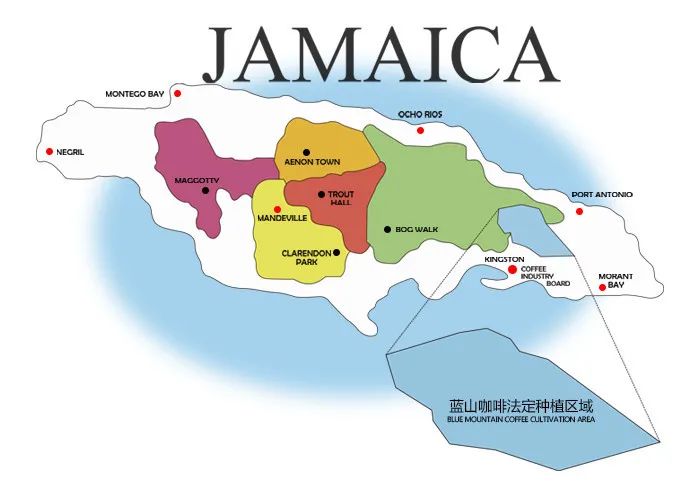
According to the area divided by CIB, the forest area growing Blue Mountain Coffee is about 910-1700 meters above sea level, mainly distributed in St. Thomas (St.Thomas), St. Mary's (St.Mary), St. Andrews (St.Andrew) and Portland (Portland), accounting for 3% of the total Blue Mountain planting area.
In the quality control of raw beans, CIB standardizes the cultivation, output and sales of Jamaica Blue Mountain Coffee, thereby improving coffee quality, standardizing coffee production and processing procedures, and coordinating the sale of Blue Mountain Coffee in the market. CIB is also responsible for the grading and quality testing of coffee produced in the Blue Mountains. In other words, Blue Mountain Coffee sold all over the world must be certified by CIB and carry its label.

Compared with other coffee producing areas, Jamaica is the first country to realize the "regional flavor" of coffee. The criteria for evaluating the quality of blue mountain raw beans cover a number of areas: raw bean size, defect rate, color, evenness, cup test performance after roasting (including dry aroma, wet aroma, acidity, flavor, alcohol thickness, cleanliness, etc.) and other factors. Combined with the above standards, Blue Mountain Coffee is divided into four grades, from high to low: blue Mountain No. 1, Blue Mountain No. 2, Blue Mountain No. 3, Blue Mountain Round Bean. The top Lanshan No.1 raw bean must meet the specification of more than 17 mesh, the defect rate is less than 3%, the moisture content is about 13%, and the cup test shows rich coffee aroma, smooth, balanced taste, low weak acidity and long-lasting.
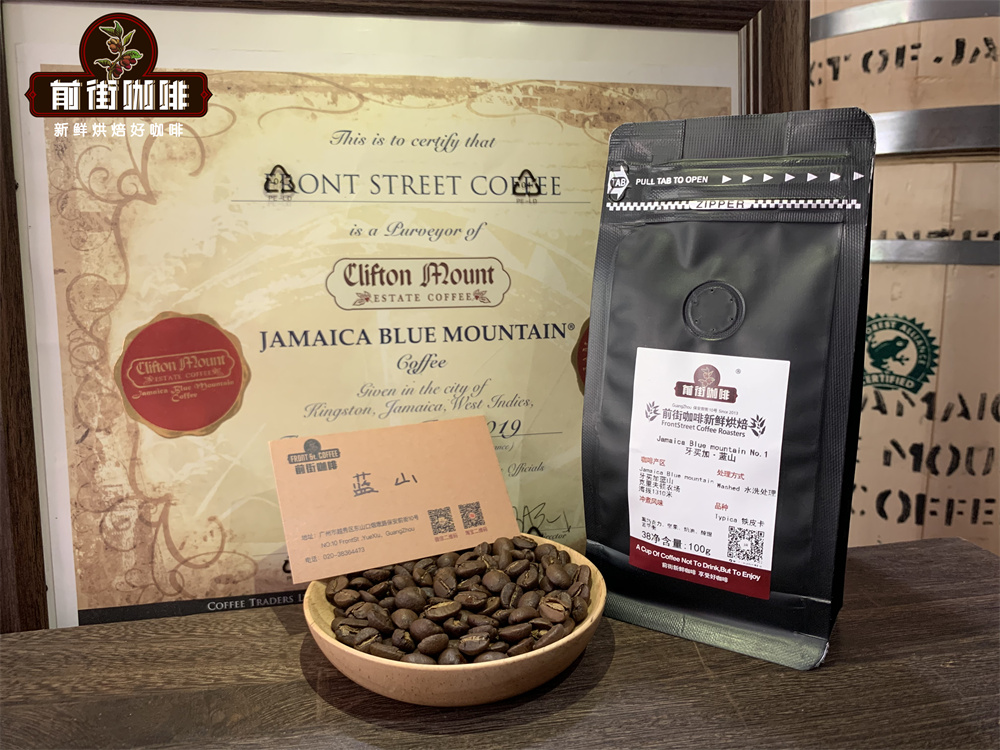
Which package of Lanshan one is authentic?
Lanshan coffee beans that have completed the quality testing will be transported according to different grades and carriers of different materials. Lanshan No. 1, No. 2 and No. 3 are the only coffee exported in wooden barrels. There are three specifications: 70 kg, 30 kg and 15 kg. Other grades of Jamaican coffee are exported in 60 kg gunny bags. Compared with coarse sacks, oak barrels have the advantage of absorbing and releasing internal and external humidity, isolating the aroma of coffee from outflow, maintaining a more stable moisture content of coffee beans and making roasting more stable. Later, the barrel also became one of the signs to identify authentic Blue Mountain Coffee. In the front street store, there are wooden buckets for transporting raw beans of Blue Mountain No.1 Coffee.
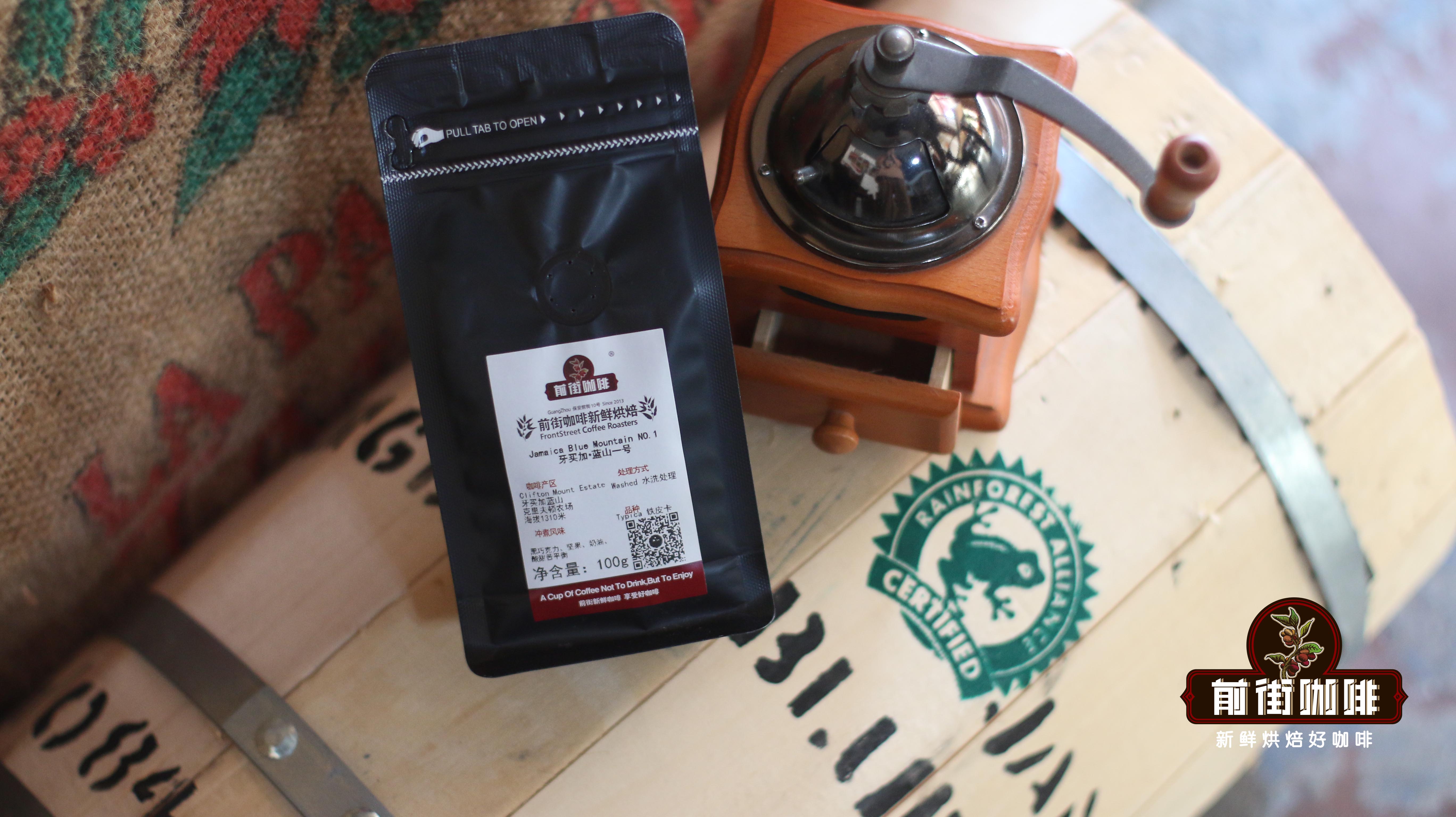
The production and distributors of Blue Mountain Coffee must be licensed by the Jamaican Government and authorized by the Jamaican National Coffee Agency, and all locally exported Blue Mountain batches are also tested and certified by the Coffee Bureau with its label. Blue Mountain No. 1 coffee on Qianjie is produced by Clifton Manor and has a certificate of quality issued by Jamaica Coffee Bureau, an authorized sales certificate issued by Blue Mountain Coffee manufacturer, and a certificate of origin of Jamaican Blue Mountain Coffee.
Have a cup of Blue Mountain Coffee.
Cooking parameters: 15g powder
Powder to water ratio at 1:15
Grinding degree: EK43s scale 10.5 (China 20 standard sieve screening rate 75%)
Water temperature: 87: 88 ℃
Flushing and cooking technique: segmented extraction.
Place the filter paper in the KONO filter cup and fill it with water to wet the filter paper and make them fit better. Pour in the coffee powder and gently pat to distribute the powder evenly. The first stage is gently injected with 30 grams of water for steaming for 30 seconds, and the second stage is injected with about 125 grams of water to circle evenly and smoothly outward. Then wait for the coffee liquid to drop, drop to half, inject the last section of water to 225 grams, wait for the coffee to fall behind, the general total extraction time is about 2 minutes.
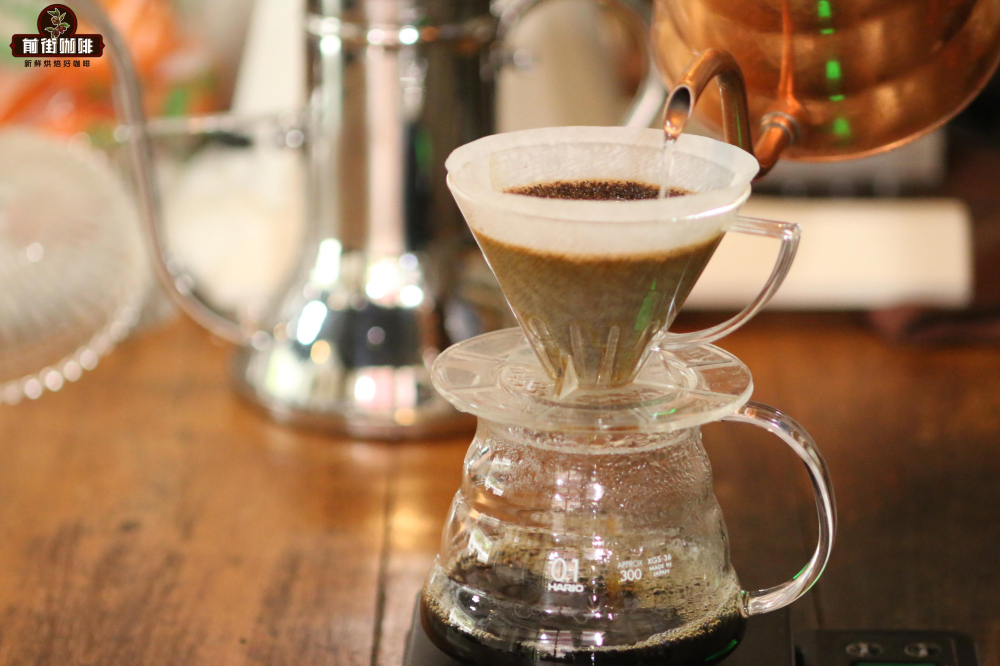
The hand-brewed Blue Mountain No.1 coffee is dark chocolate and nuts, which is very mellow and has obvious almonds. As the temperature drops, baked hazelnuts, creamy and smooth, with a hint of soft acidity and caramel sweetness, the aroma lingers in the mouth.
Professional coffee knowledge exchange more coffee bean information please follow the coffee workshop (Wechat official account cafe_style)
For more boutique coffee beans, please add private Qianjie coffee on Wechat. WeChat account: qjcoffeex
Important Notice :
前街咖啡 FrontStreet Coffee has moved to new addredd:
FrontStreet Coffee Address: 315,Donghua East Road,GuangZhou
Tel:020 38364473
- Prev
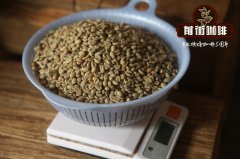
South American Coffee | introduction to the main producing areas of Costa Rican coffee
Costa Rica is a relatively narrow country with oceans on both sides and a long coastline, but it still achieves the ideal height of coffee cultivation. Costa Rican TARRAZU Coffee the Tarasu County area produces some of the best Costa Rican coffee on a consistent basis around. The capital San Marcos is about 1350 meters above sea level, but the surrounding mountains are as high as 1700 meters.
- Next
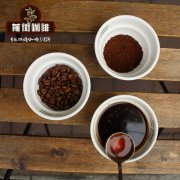
Introduction of main coffee producing areas in Guatemala introduction to the flavor characteristics of Antigua coffee
Coffee beans grown in Guatemala usually have a post-tasting taste, showing a full taste and rich chocolate cocoa, as well as toffee sweetness. Guatemalan coffee is a real Central American coffee. Guatemalan coffee, especially in the Atitlan and Antigua Antigua coffee growing areas in the central highlands of the country, has these qualities and
Related
- Detailed explanation of Jadeite planting Land in Panamanian Jadeite Manor introduction to the grading system of Jadeite competitive bidding, Red bid, Green bid and Rose Summer
- Story of Coffee planting in Brenka region of Costa Rica Stonehenge Manor anaerobic heavy honey treatment of flavor mouth
- What's on the barrel of Blue Mountain Coffee beans?
- Can American coffee also pull flowers? How to use hot American style to pull out a good-looking pattern?
- Can you make a cold extract with coffee beans? What is the right proportion for cold-extracted coffee formula?
- Indonesian PWN Gold Mandrine Coffee Origin Features Flavor How to Chong? Mandolin coffee is American.
- A brief introduction to the flavor characteristics of Brazilian yellow bourbon coffee beans
- What is the effect of different water quality on the flavor of cold-extracted coffee? What kind of water is best for brewing coffee?
- Why do you think of Rose Summer whenever you mention Panamanian coffee?
- Introduction to the characteristics of authentic blue mountain coffee bean producing areas? What is the CIB Coffee Authority in Jamaica?

